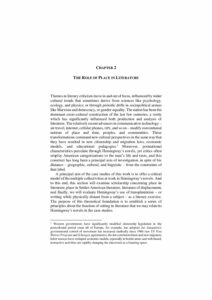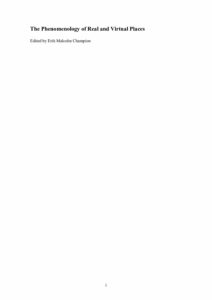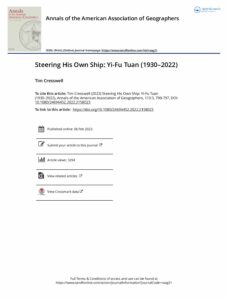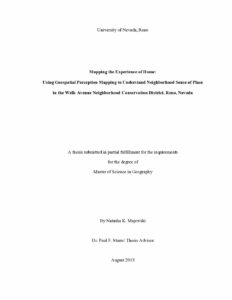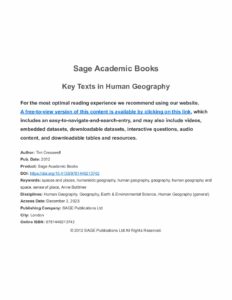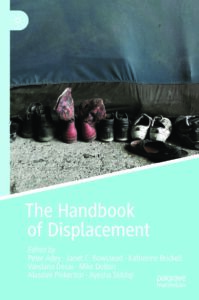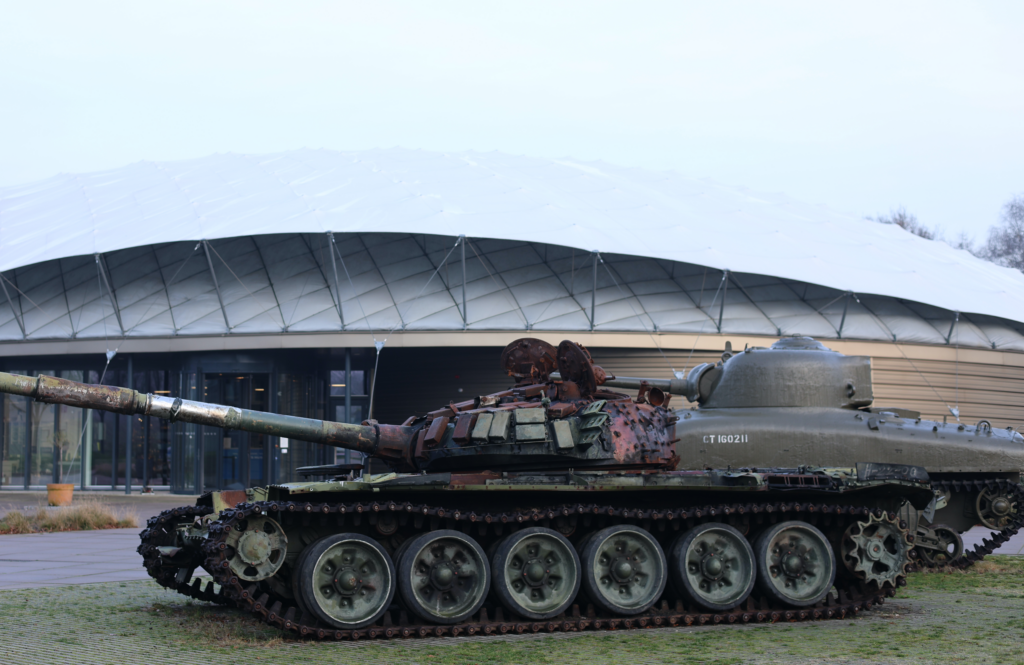
Your visit
Opening Hours:
Monday – Saturday: 10.00-17.00
Sundays and holidays: 12.00-17.00
Adress:
Freedom Museum
Wylerbaan 4
NL 6561 KR Groesbeek
The Netherlans
Comparative Questions
Can you identify a narrative that is offered to the visitors?
The Vrijheidsmuseum portrays a variety of narratives ranging from the 20th century to present days. It is, as is mentioned in one of the shortfilms, the Story of Freedom. The Museum exhibits a multifaceted image of War, with a focus on the second World War, through a variety of perspectives, including perspectives that could be seen as particularly focused on (post-)colonialism or feminism.
The museum used to be called the “Bevrijdingsmuseum” (National Liberation Museum 1944-1945) but has been modernized and given a new name in 2019, namely the “Vrijheidsmuseum (Freedom Museum). The aim of this new name is, according to one of the volunteers of the museums, to underline that we are now living in freedom. The new name emphasizes the present conditions. We are free and this freedom is not a given, but thanks to the bravery and sacrifice of past generations. Themes that passed the revue were: War and freedom, freedom under pressure, inundation, resistance, surrender (of Germany), liberation (of Nijmegen), among others.
Is there a person or a group, the narrative is centered around? Is there a person or a group that the museum is addressing?
No, the museum does not address a person or a group, but tries to show multiple perspectives, from man to woman, to children. It is an experience for young and old. Within the museum there are different countries represented (from Indonesia to America) that all share a common theme: freedom. The museum does, in any case, not try to target or address people who are low-literate, since the transmission of information and insights mainly took place via text. Moreover, because at first once does not notice that the language is in Dutch, English and German (in this order), all the textual visualizations, especially in the beginning, can feel overwhelming. There is a lot of information to absorb. Though the information on the interpretation boards is complete and gives a sufficient summary of the events or artifacts.
Are pictures or images important in the construction of the museum narrative?
Perhaps I should begin with the building in which the Vrijheidsmuseum is located. The “Vrijheidsmuseum”1 is situated in the panoramic green hilly landscape of Groesbeek, near Nijmegen and close to Germany. Upon arrival there were two things that immediately caught my attention. First, the two tanks in front of the museum which raised the question whether these tanks represented freedom. Especially because these tanks originated from the Ukrainian army (2022). The tank served as “a call to continue to support Ukraine and as a warning of the threat posed by dictatorship and imperialism to freedom, democracy and human rights.”2
Secondly, the building. The building itself, a 12-meter high dome located on an elevated plateau, surrounded by trees, resembles a giant parachute and thereby an important operation the Western front during WW2: operation Market Garden, whereby thousands of paratroopers landed on the fields in Groesbeek. Operation Market Garden was a military operation fought in the German-occupied Netherlands from 17 September 1944 until 27 September 1944 with the aim to create a 103 km salient over the Nederrijn. With the dome as its roof, the museum has a recognizable shape that with its fluid form also suits the green hilly landscape of Groesbeek and its winding roads. The building and the location, an open hilly landscape, resonate with the content, the story of War and Freedom without Borders. These borders focus on the Netherlands, Germany, Europe and beyond.
The architecture of the building is quite innovative as it represents this airborne operation and the many parachutes that filled the sky during Operation Market Garden. Moreover, the dome is sustainable and has a bright textile cover that spans over 60 meters. The tallest point of the building is 12 meters. The dome has been made to optimize the indoor climate, even in extreme weather conditions. Air pressure and a network of steel cables are used to support the dome. From the terrace once can have a panoramic view of the landscape and its history. In 2022 the Vrijheidsmuseum has won the Architecture MasterPrize, an American prize for architecture that is one of the leading awards in the field of Cultural Architecture.
1 Freedom Museum or Freiheitsmuseum
2 Display in front of the museum.
Are there objects, documents or testimonies?
Yes, in the museum there are multiple objects, documents and testimonies. They have been distributed throughout the museum. Some of these objects or artifacts were behind glass (e.g. Hitler’s book Mein Kamp, costumes of the soldiers, weapons), others were placed on the wall (e.g. illustrations of newspaper articles). Pictures and posters were important to covey the textual message. Moreover, there were diary pages, registration papers, flags, items from the food supply of the soldiers, and medallions. And strikingly, there were also human sized dolls. At one point in the exhibition there was a scène displayed that represented the crossing at the Waalkade by boat, in which a couple of life-sized soldiers served military aid to one of their fellow soldiers, who had a chest wound, but was nevertheless still breathing.
What kind of knowledge is imparted?
The museum offers its visitors historical knowledge that at times also serves its educational purposes. There were for example also small “experience rooms” where they had made a video of a young Dutch woman who talked to you and who was projected in real size, by a beamer. The woman told me, the visitor, about the registration process and the danger that this entailed. This woman was easy to identify with, this was especially evident at the end, when I as a visitor could choose her next action, thereby make life-altering decisions for her and her family. With the use of these interactive technology, these exercises increased the chances for the visitor to be drawn in and immersed in her experience. Apart from this talk of the young Dutch woman, there were also other experience rooms. The function of this historical and educational knowledge was, it seemed, to encourage the visitor to critically engage with the theme ‘freedom’, in particularly when ‘freedom’ was taken away.
Further Questions
Is there a political explanation of the war?
One of the explanations for the first World War were the roaring twenties. “Society was changing quickly” for example because borders shifted and new states were created. For some people this causes unrest. With regards to the first World War, in the exhibition the Treaty of Versailles (1919) is mentioned, and it is explained that there were many consequences for Germany which caused great dissatisfactions among its population. Germany has to pay large reparations, but also for example give up pieces of their land and disarm the army. These demands caused a lot of tension and eventually led to hyperinflation. The economic crisis caused many uncertainties in Europe led to an increase of the unemployment rate, budget cuts, and unrest among the people. These tensions eventually led to the Second World War.
Apart from the roaring twenties, fascism is also mentioned. These fascist movement were very nationalistic. On one of the billboard it was stated that they believed that “democracy caused decay and discord. Unity and growth came about when the people stood behind one leader who embodied the will of the people. Violence against the opposition and minorities was an important characteristic of war”. In 1933 the Jewish people were boycotted from shops and other measures were also taken to expel them. In 1938 400 Jews were murdered and all over Germany synagogues and houses of Jews were destroyed. On one of the billboards Hitler is mentioned as a fascist who had a strong focus on race. Hitler, so it says wanted to create a German society, (Volksgemeinschaft) whereby people banded together for the greater good of the state.
What kind of experience is offered?
General experience
The visitors of this museum live through the period before WW1, from 1918, and the events leading to the increase of National Socialism, to the occupation during WW2 and eventually the liberation in 1945. Finally, the visitor is encouraged to think critically about the rebuilding of the Netherland after the war and current affairs on a global scale. These current affairs are portrayed as possible threats to freedom in the modern age (such as the climate change or population migration). At the end of the exhibition, the theme of ‘freedom’ is closely tied with a ‘democratic society’ and ‘human rights’, and one is encouraged to think about freedom ‘then’ and freedom ‘now’. For example, at the end of the museum questions were raised regarding freedom and how a society should be organized. There was a wall made out of a blackboard on which people could write and comment on what freedom meant for them, or how freedom was or should be protected.
Visual experience
One of the most striking experiences was the visual tube-simulator in the middle of the museum (see video). In the middle of the museum they had a giant tube or miniature-dome with a map in the middle. This was a map of Nijmegen and Groesbeek. On this map all different kinds of figures (planed, arrows, strips of land) appeared with the help of beamers. The visitors can take place on a bench, looking at these figures on the map appear, and listening to their geographical explanation of what took place during the war. It is a peculiar vivid experience, because as a visitor once immediately has a bird’s eye-view and visualization of Operation Market Garden. Experience here transforms the abstract realm of ‘space’ into the meaningful, experienced and felt ‘place’ (Cresswell, 2012, 4). Apart from these visualizations the museum made use of a large range of different lights to create dramatic effects. These lights emphasized an object or artifact, directing the gaze of the visitor to a certain focus point. In addition to these kind of visualizations, the knowledge in the museum was exhibited through texts, signs and displays.
Auditory experience
Apart from the visual experience, as described above, the museum also addresses auditory senses. The museum provides for example audio guides that support the exhibition with additional information and that allow the visitors to hear various kind of narratives or supports the storytelling. The visual tube-simulator, for instance, incorporates audio elements that serve to complement the visual experience. There are fragments of radio and television in order to stage sound in the museum and towards the end of the exhibition, in the phase of ‘liberation’ the visitor is captured with the use of interactive presentations, original films and sound fragments (an fragment of Chris Holy’s song titled: In my Shoes is played on a loop).
